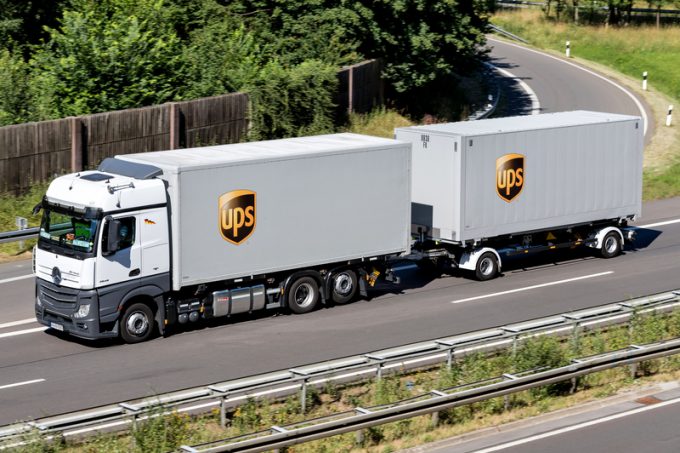UPS fee changes: 'another way of raising shipping charges to offset costs'
UPS is keeping its customers on their toes with a barrage of charge and fee ...

After weaker results in the second quarter, UPS has lowered its revenue projection for the year by a whopping $4bn, citing lost business and higher costs.
But management attributed much of the decline in results to the contract negotiations with the Teamsters union, which represents about 340,000 UPS employees, the majority of its workforce.
This cost the integrator about a million parcels a day as customers shifted traffic to other operators, worried a strike might hit their deliveries.
Q2 revenue fell to $22.06bn ...
'Disastrous' DSV-Schenker merger would 'disrupt European haulage market'
'To ship or not to ship', the question for US importers amid tariff uncertainty
'Chaos after chaos' coming from de minimis changes and more tariffs
List of blanked transpac sailings grows as trade war heats up and demand cools
EC approves DSV takeover of DB Schenker
Shippers in Asia restart ocean shipment bookings – but not from China
Forto 'sharpens commercial priorities' as it lays off one-third of staff
India withdraws access for Bangladesh transhipments, in 'very harmful' decision
'Tariff hell' leaves industries in limbo – 'not a great environment to plan'
Temporary tariff relief brings on early transpacific peak season
Pre-tariff rush of goods from US to China sees air rates soar, but not for long
De minimis-induced ecommerce demand slump could cripple freighter operators
Asian exporters scramble for ships and boxes to beat 90-day tariff pause
Forwarders 'allowing the fox into the chicken run' by supporting 'hungry' carriers
Hapag 'took the bigger risk' when it signed up to Gemini, says Maersk
'Restoring America's maritime dominance' – stop laughing at the back of the class

Comment on this article
Francis Kirkwood
August 09, 2023 at 3:30 pmIt could be possible to pick up volumes by due to the demise of Big Yellow, parcel delivery can only grow Year by year anyway due to the demographics of an older population and the introduction of low emission regulations which are becoming more prevalent in the U.K. and other European countries.